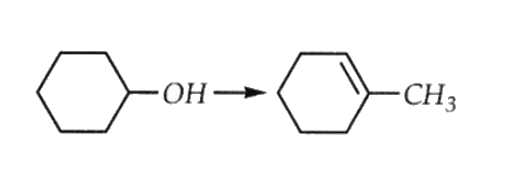Transformation experiment was first performed on which bacteria : -
E. coli
Diplococcus pneumoniae
Salmonella
Pasteurella pestis
The correct Answer is:B
To answer the question "Transformation experiment was first performed on which bacteria?", we can follow these steps:
Step 1: Understand the concept of transformation
Transformation is a process in which a bacterium takes up foreign DNA from its environment and incorporates it into its own genome. This process can lead to changes in the characteristics of the bacterium.
Hint: Remember that transformation is a genetic process that involves the uptake of DNA.
Step 2: Identify key historical experiments
The transformation experiment was first described by Frederick Griffith in 1928. He conducted experiments to understand how certain bacteria could cause disease.
Hint: Focus on the historical context and the scientist associated with the discovery.
Step 3: Recall the specific bacteria used by Griffith
Griffith worked with two strains of Streptococcus pneumoniae (also known as Diplococcus pneumoniae). One strain was virulent (causing disease) and the other was non-virulent (not causing disease). He found that the non-virulent strain could become virulent when mixed with heat-killed virulent bacteria.
Hint: Think about the specific strains of bacteria involved in Griffith's experiments.
Step 4: Analyze the answer choices
The options given are:
A. E. coli
B. Diplococcus pneumoniae
C. Salmonella
D. Pseudomonas pestis
From our understanding, the correct answer is the bacterium that Griffith used in his transformation experiments.
Hint: Eliminate options that are not related to Griffith's work.
Step 5: Conclude the answer
Based on the historical context and the specific experiments conducted by Frederick Griffith, the transformation experiment was first performed on B. Diplococcus pneumoniae.
Final Answer: B. Diplococcus pneumoniae
Transformation is a process in which a bacterium takes up foreign DNA from its environment and incorporates it into its own genome. This process can lead to changes in the characteristics of the bacterium.
The transformation experiment was first described by Frederick Griffith in 1928. He conducted experiments to understand how certain bacteria could cause disease.
Griffith worked with two strains of Streptococcus pneumoniae (also known as Diplococcus pneumoniae). One strain was virulent (causing disease) and the other was non-virulent (not causing disease). He found that the non-virulent strain could become virulent when mixed with heat-killed virulent bacteria.
The options given are:
A. E. coli
B. Diplococcus pneumoniae
C. Salmonella
D. Pseudomonas pestis
Based on the historical context and the specific experiments conducted by Frederick Griffith, the transformation experiment was first performed on B. Diplococcus pneumoniae.
Similar Questions
Transformation experiment was first performed by _____in____.
View SolutionRinging/girdling experiment was first performed by
View SolutionHow was bacterial transformation proved experimentally? Who has performed this experiment?
View SolutionThe transformation given below can be performed by

View SolutionSwan-necked flask experiment was performed by
View SolutionIf young's double slit experiment is performed in water
View SolutionPathogenicity of Pneumococcus in the transformation experiment carried out by Griffith was due to
View SolutionGriffith performed experiments on bacteria
View SolutionRinging (girdling) experiment cannot be performed in
View SolutionYoung's experiment is performed in air and then performed in water, the fringe width:
View Solution
